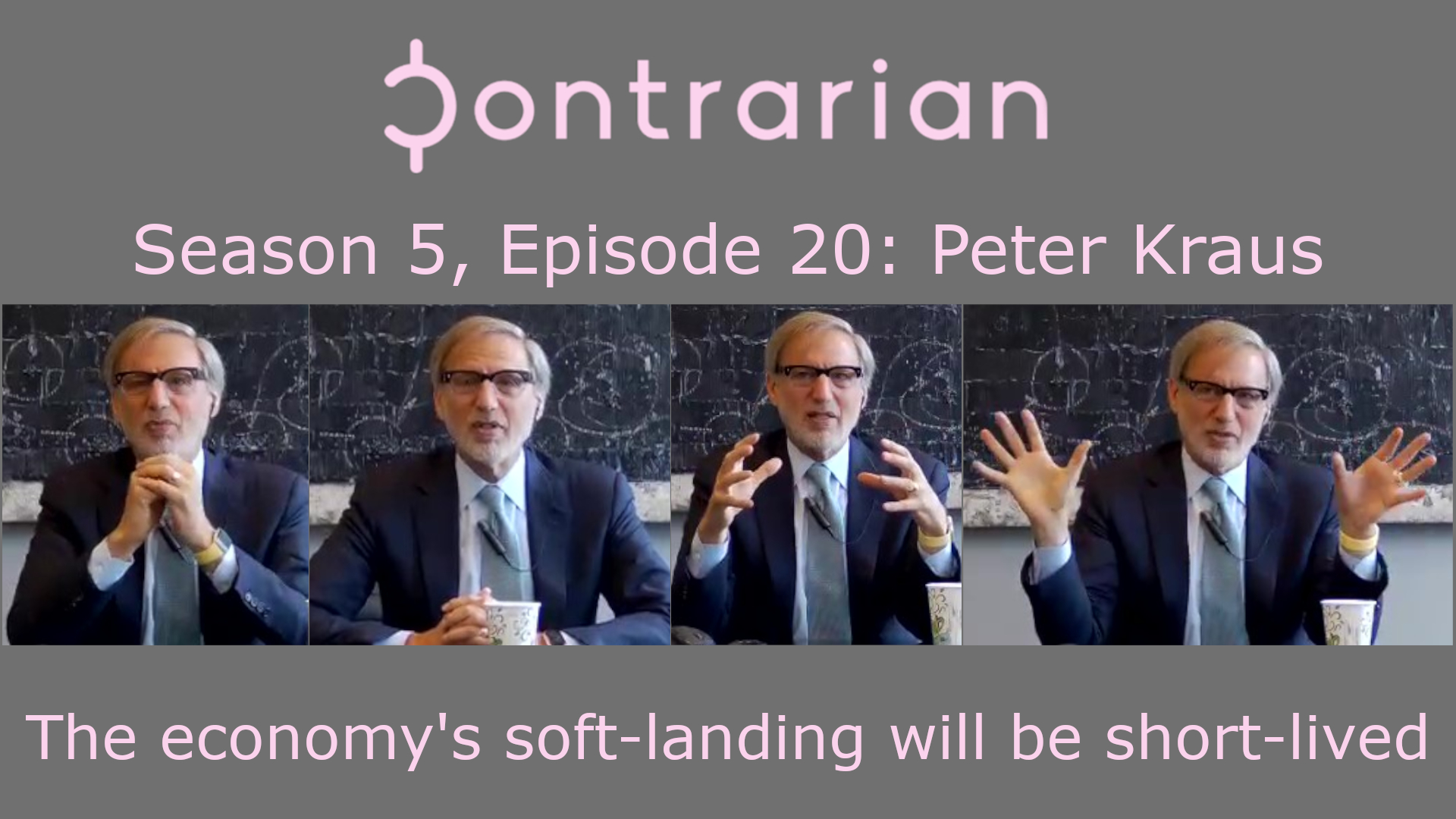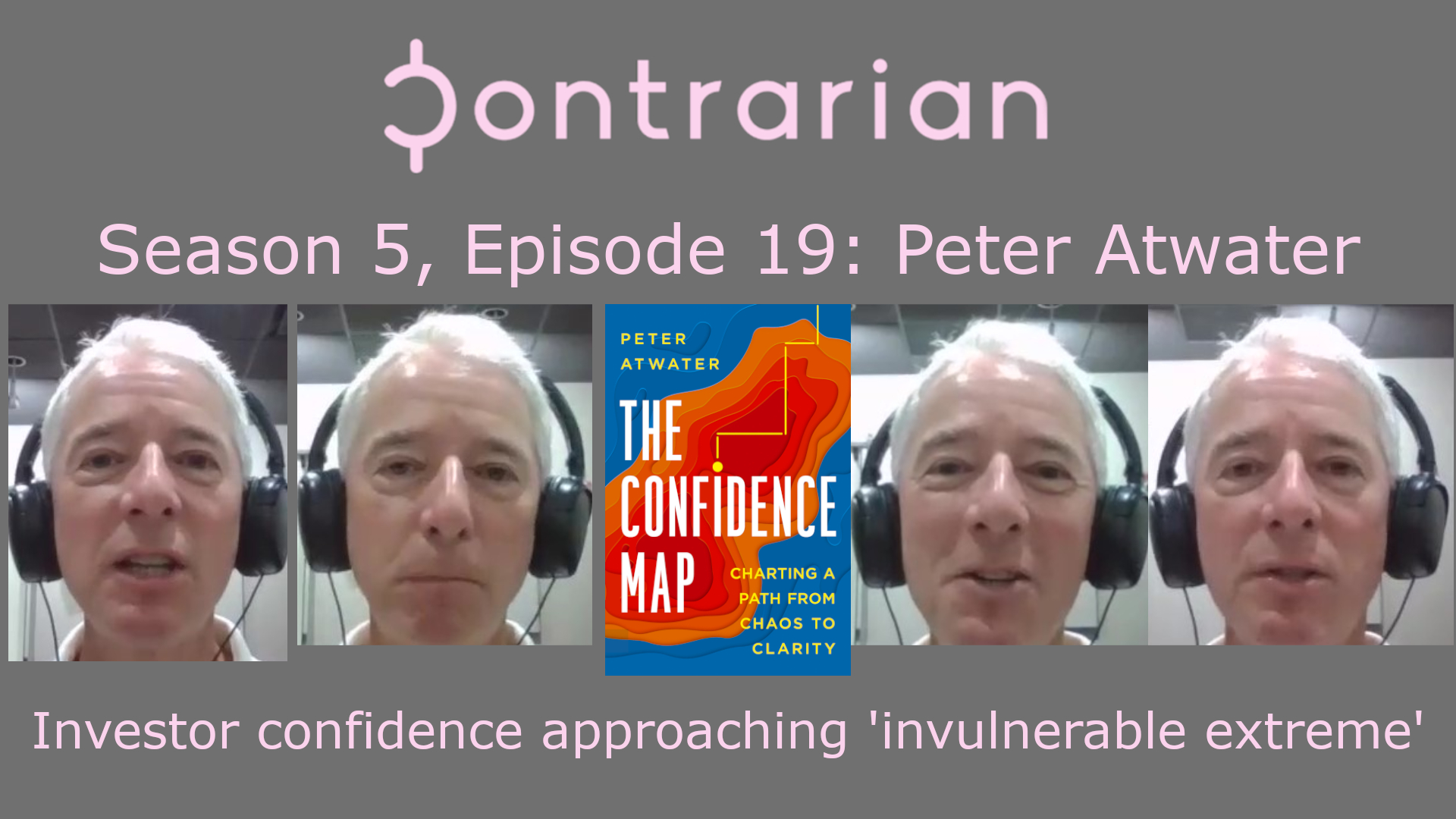The following is aggregated discussion a topic that has been presented to premium subscribers over the course of the past week, including in today’s briefing. Details on membership is available on our Supercast or Substack.
Debt ceiling talks are slowly coming home to roost. They were apparently the cause for yesterday’s selling, which saw the S&P 500 and Nasdaq drop by 1% each. There hasn’t really been any noticeable progress since House Speaker Kevin McCarthy said he had “productive” discussions with the White House.
That was on Monday. No news is bad news here, which makes sense when you’re up against an approaching deadline. This has caused the inevitable doom and gloom headlines and of course plenty of finger-pointing from political partisans.
Reality Check
There is still a week to go before June 1 and even then the US probably won’t be in technical default right away. Secretary Yellen for her part is already quietly backing off the hard June 1 headline. So we can expect to hear more from this for a little while yet. Lawmakers have a vested interest in drawing these talks out to a dramatic conclusion because that attracts media attention and media attention is catnip to these folks.
More than that, actually. It’s their lifeblood. That makes sense in a democratic society. Whoever commands the media can command the voters. Look at the historical record of election outcomes if you don’t believe us. Chances are, the winner won the PR game, whether that individual’s name is Trump or Clinton or Kennedy or Hitler.
The Opportunity
Where stocks are concerned, there hasn’t been all that much in the way of fear-based selling yet. As the reality of a possible default dawns on the market — with each passing day of little or no progress on the debt ceiling talks — one can expect this to change. These could provide an opportunity to buy stocks if one believes this is all political brinkmanship.
That doesn’t mean there aren’t risks. The fears that emerged at the outset, that one or both sides could drive us off a cliff if they decided they could convince their voters it was the other side’s fault, has not changed.
Could the two political parties really be this idiotic? It’s probably not a good idea to discount their idiocy in any way. But if ignore the clickbait and you look at how little actually separates the two sides right now — and it’s basically just a question how much spending to cut, not whether to cut it — then one has to consider the possibility that this is all just theater, and we, the voting public, the audience.
That makes fear-based dips an opportunity to buy the stocks or risk assets of one’s choice.
Not investment advice (duh). There may be other opportunities — and other pitfalls — not covered here. Do your own research, make your own decisions.


